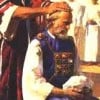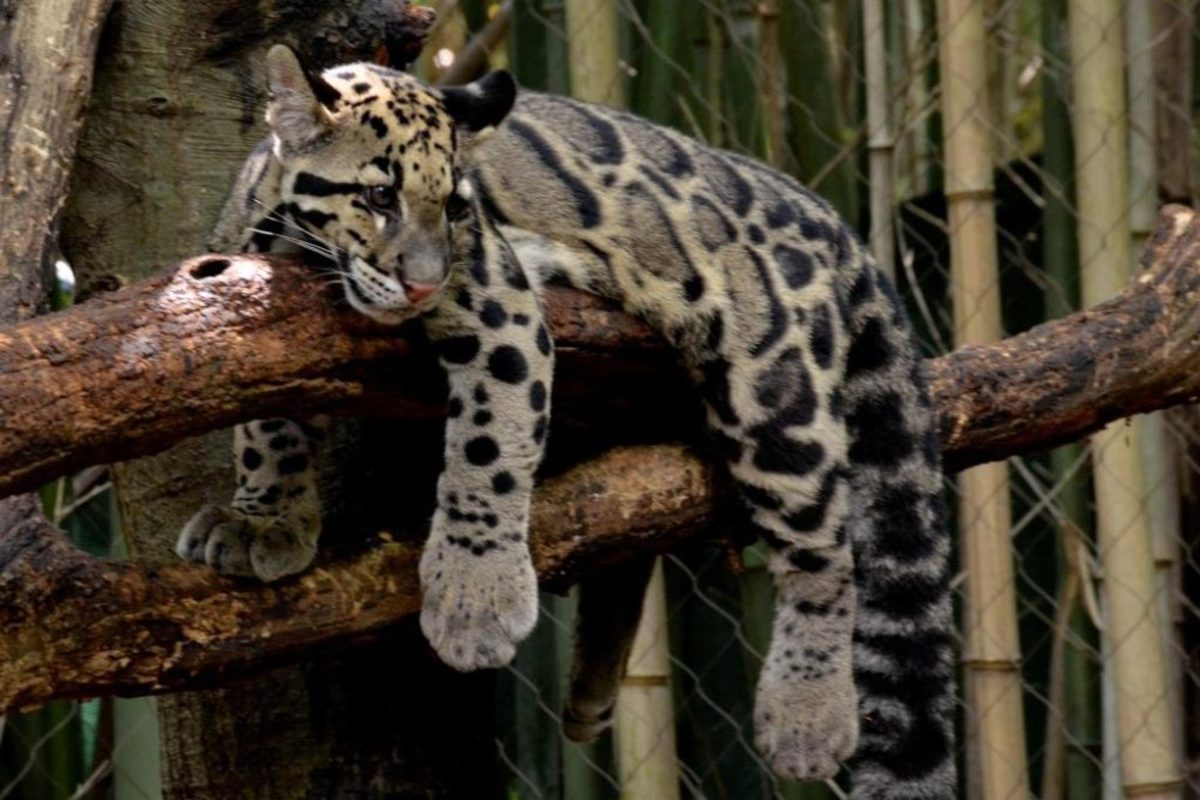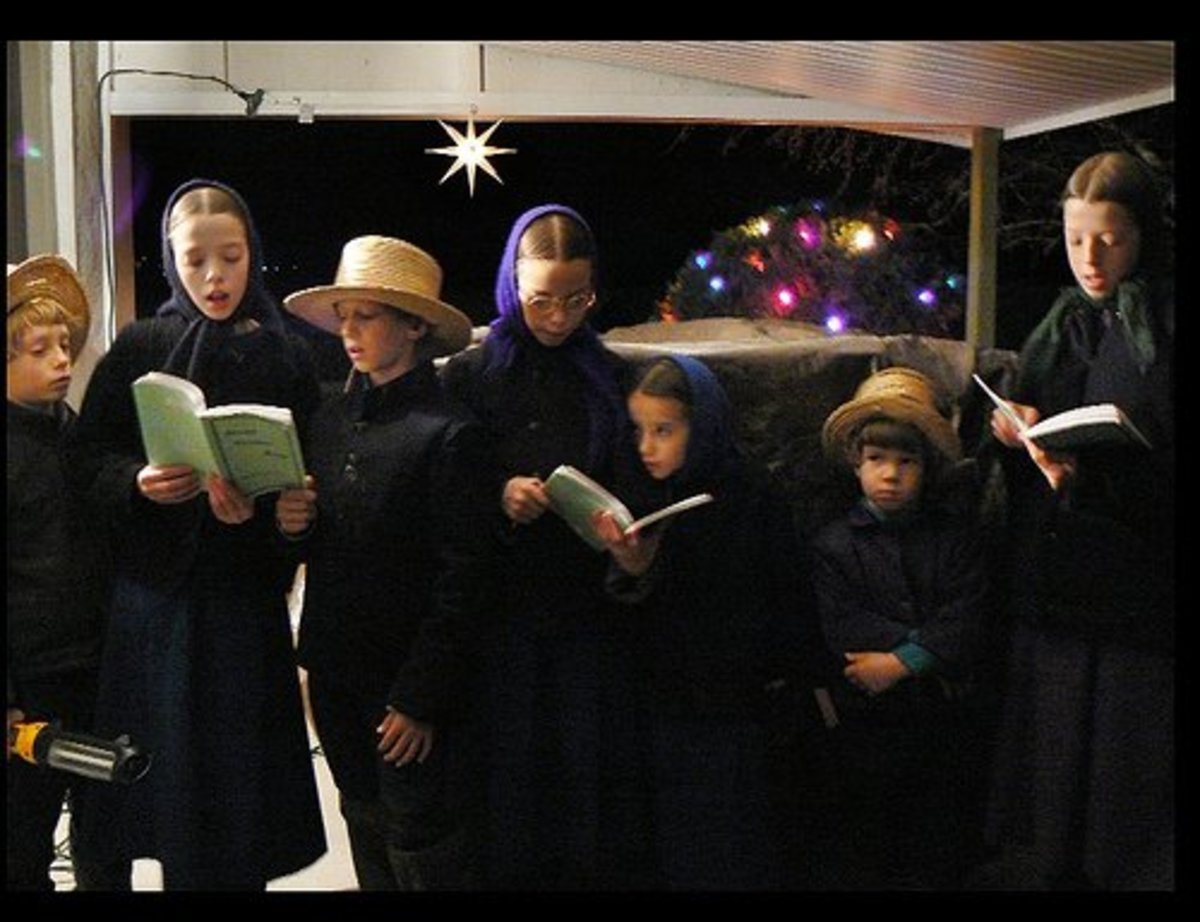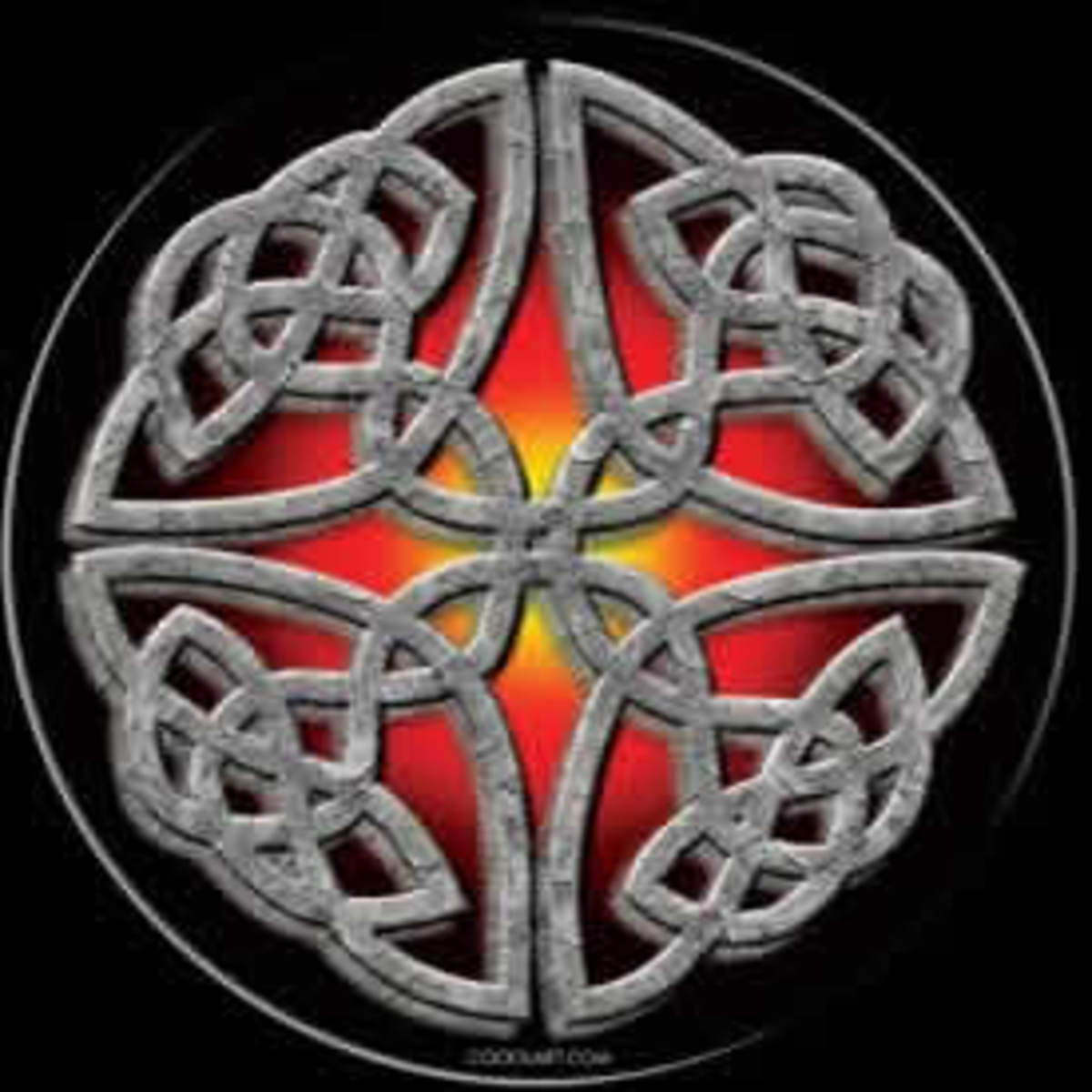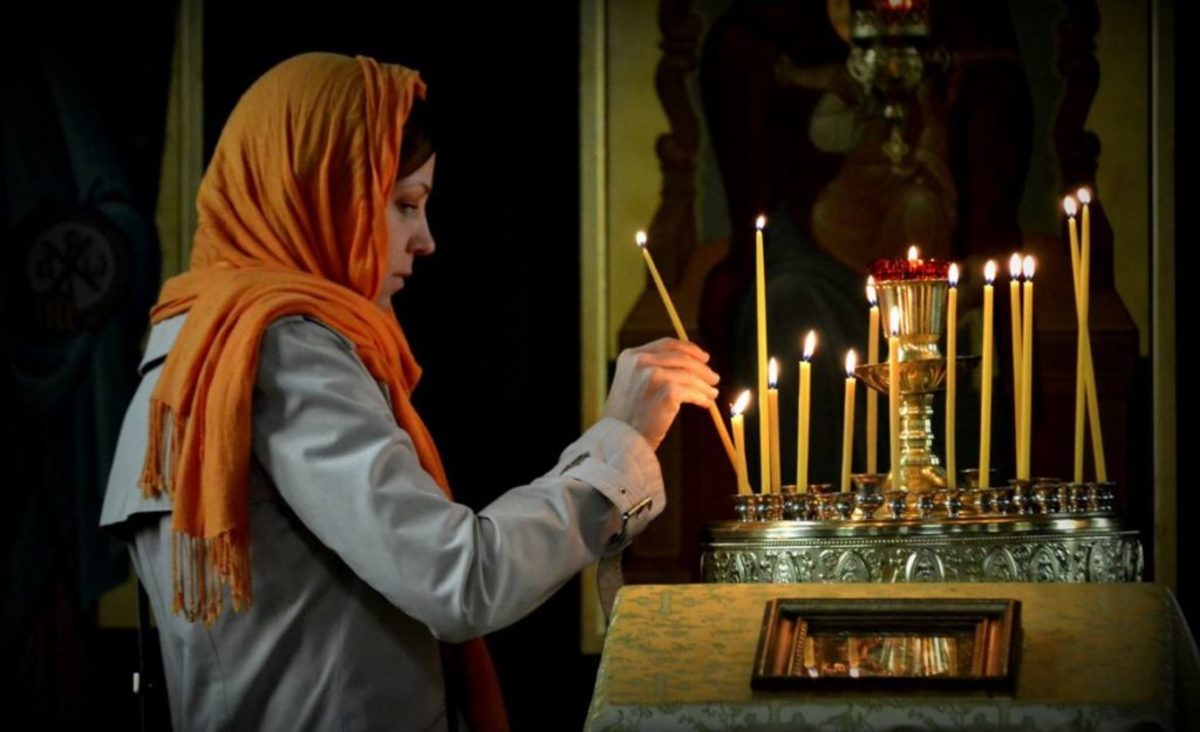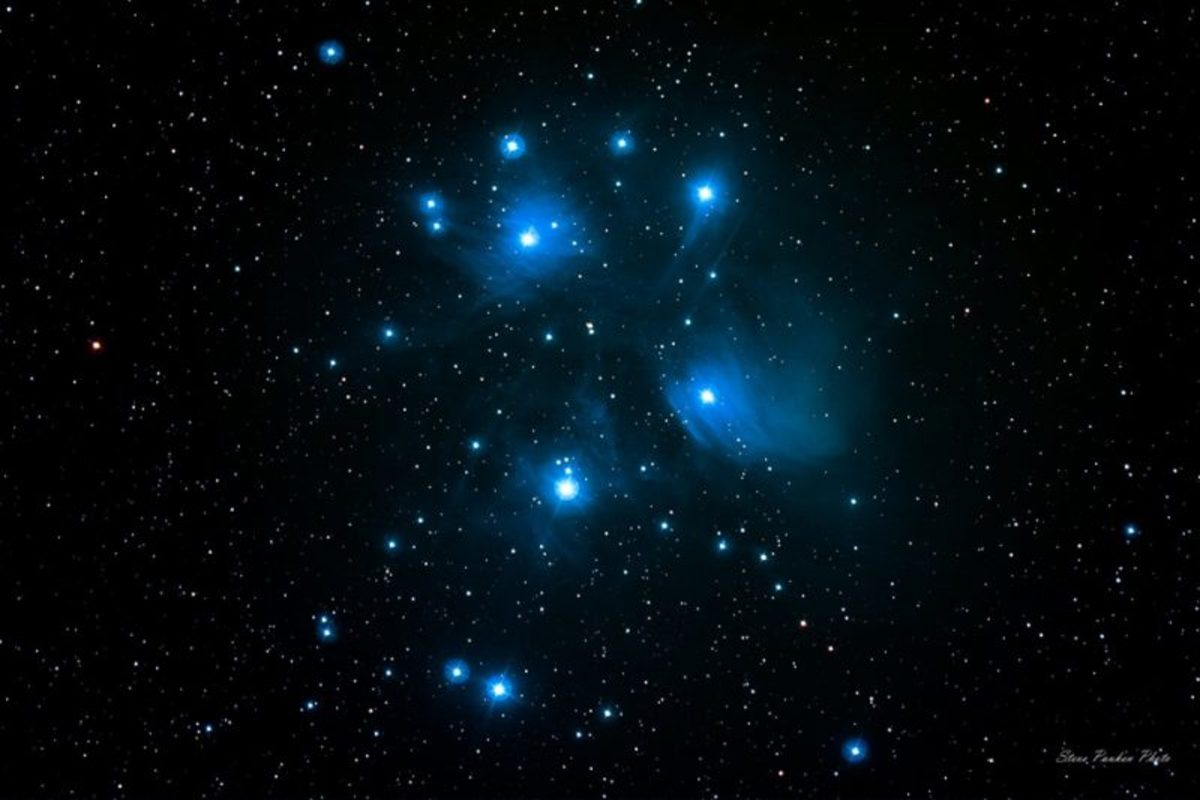Karaites In Galicia Part 4
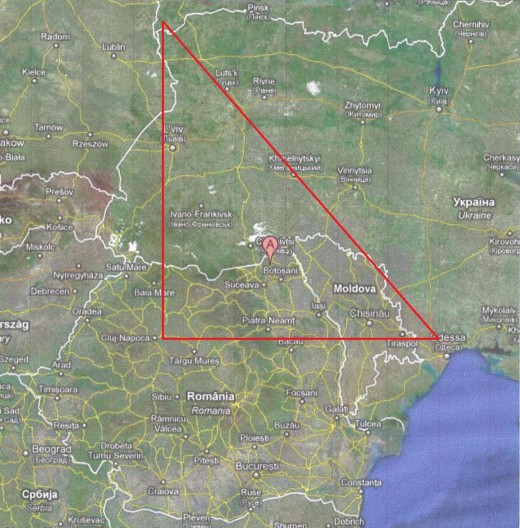
In so many ways I regret that this fourth article on the Karaites of Galicia will be the last in this series. It is as if I am saying goodbye to ancestors and friends and closing the book on their memories because in this article I will be looking at the end of a community. As a population in its entirety, Karaites number just around 30,000 worldwide today. So when communities consisting of no more than a few hundred disappeared in the twentieth century, very little attention was paid. Sadly, not even the other Karaite communities remarked on our passing. Very little of our history was preserved and the fact that we were unique even amongst the Karaite communities has been forgotten. To the Lithuanian and the Crimean communities we were considered an aberration. Yes, the Karaites of Galicia were different, but those differences are what defined us as a people. And by writing these articles I hope that I have preserved the spirit of the Galicz Karaites and kept their memories alive. Why we were so different can be seen on the attached map of the Golden Triangle of Karaite Galicia. If one extends the North-western point of the triangle then it will take the traveller to the far more isolated Karaite communities of Lithuania where they flourished with far less pressures of assimilation. And extending the South-eastern point of the triangle bring the traveller to the virtual isolation of the Crimean Peninsula. But this Golden Triangle, it was the bulkhead of Karaism. Abutting against the dynamic eastern European civilizations and therefore under constant pressure. It would eventually collapse inward on itself until only Halicz remained, a small town in the centre of the triangle in the province of Ivano-Frankivsk.
Unique Traditions, Customs and Assimilation
As a result of the partitions of Poland (1772, 1793, 1795), Galicia passed under Austrian rule. The list of Karaite communities that were in existence were: Brzezany, Halicz, Kukizow, L’vov, Brody, Sambor, Tysmenice and Zolkiew. Even smaller communities existed throughout the regions of Romania, Moldova and Bessarabia. But during the nineteenth century all of these disappeared and as I mentioned previously, only Halicz remained as a recognized centre of Karaism. But once again, this did not mean that these other communities disappeared in their entirety, but were only so unstructured and underpopulated that they could no longer be considered as viable communities. For whatever reason, these communities more easily assimilated into the mainstream European communities and this is well recorded when examining marriage licences pre 1920 as there were numerous mixed marriages between members of the communities and the non-Karaite citizenry. The other communities in Russia will state that we had abandoned Karaism because the Galicz communities refused to accept the ban on mixed marriages of 1910 which was issued by the Lithuanian and Crimean councils. But in defence, it was our belief that the Karaite patrilineal decent superseded the ban by these outside communities that proposed that the mother had to be a Karaite as well. We did not consider this ban part of the original Karaite Halachah (Law) and certainly not the case as noted in various histories within the Tanach where the taking of wives from certain Canaanite tribes was unquestionably permitted. Sadly many Karaites did tend to assimilate among the local population following these intermarriages with both the Gentiles and with the local Rabbanites but in our defence, nosociety or family deserved to see itself become extinct. The command to perpetuate is clearly defined in the Torah. Therefore extinction was not an option. And intermarriage, even with the risk of assimilation had to be accepted to avoid total extinction.
But it was more than just intermarriage which the Russian Karaite communities condemned the Galicz Karaites for. They took umbrage with many of our traditions as well because they were different from theirs. How strange that within a religion that was initially established in order that its members could seek their own understanding and practice of the Torah without the enforced interpretation of the Rabbis with their manmade laws, that the Hachams of these other communities would actually criticize us for our differences. And yes, there was a long list of difference as Reuven Fahn (the Rabbanite Scholar although some have called him a Karaite) described within our community as follows:
“They have the Torah but they do not follow all the commandments. Their prayer book is written in the Holy Language but their prayers and some passages are different. They say the traditional Keriat Shema during the prayer but no Shemoneh Esreh. They have a mezuzah on the door post but do not put on tefillin. They wear a four cornered shawl but do not wrap themselves in a Tallit. Their fringes consist of seven strings. They strictly observe a women’s menstrual impurity but without purification in a ritual bath. Pork is forbidden but meat with milk is allowed. Circumcision is performed without Periah and Mesisah (membrane tearing and sucking of blood). New Year is celebrated but without a ram’s horn. A hut of boughs is made for the Feast of Ingathering but without fruits of goodly trees and branches of palm trees. They celebrate Purim but not Chanukah and have many other strange customs.”
Once again, my brethren from the other Karaite communities will look at this list prepared by Fahn and shake their heads that we have incorporated many of the Rabbanite customs, for example the marking of Rosh HaTorah in the month of Tishrei but note that this was without blowing the ram’s horn and celebrating Purim. A direct contrast to the Day of Trumpets celebrated by most Karaites. And mezuzahs were nailed on our door posts, but only on the front door unlike the Rabbanites that had a tendency to place them practically on every door in a home. What Fahn didn’t mention was the observance of the start of the calendar year still occurred in the month of Nissan. It was only the start of the Torah readings in Tishrei that was being commemorated and not the start of the New Year. Also Fahn commented that we will not name a child after a living relative unlike other Karaite communities but more typical of Rabbanite custom. But what he did not mention is that we did usually keep a tradition of naming offspring with the same starting consonants of live and dead family members, so that often practically everyone in the family if we were to take mine for example would begin with an Aleph or a Yod. The remnants of the Karaite communities in Galicia began conjoined studies of the halakhic laws with the Rabbanites and this close affinity became a concern for the Russian Karaite centres. But technically, there was not the population to sustain our own schools. In the 1930s the Troki Consistory took over and started insisting on adherence to their sets of laws and avoidance of any further cosying up to the Rabbanite schools of thought. Easy enough for them to say sitting in Lithuania when all that we were concerned about was our survival.
Fahn found it particularly interesting that we were free from the powers of talismans and transmigration of souls, which was common to the Ashkenazi Jew. Essentially we considered these beliefs as either witchcraft or mystical which is strictly forbidden in the Tanach and therefore the practice of the Rabbanites we viewed as being blasphemous, especially when this came to the Kabbalah. Evil eyes, dybbyks, and anything of that nature we considered a corruption of Judaism. And furthermore, because we consider our relationship with God to be each man with the Lord directly, then we did not need a minyan (10 men) to begin prayer another trait which Fahn found particularly interesting when he observed it. God will hear the prayer of the individual just as easily as he hears the conjoined voices of ten men in a room. Praying was done twice a day; Morning and evening. Shoes did not have to be removed in Galicz kennesahs or synagogues and also the washing of hands and feet to enter was not followed as was the case with the Crimean Karaites. So clearly we had some differences with our Karaite brethren located within the Russian Empire but in no way did this make us less Karaite.
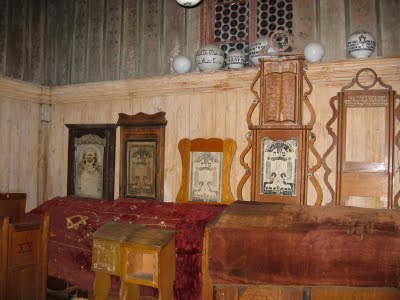
Piatra Neamt
As one will notice from my previous article, the decorations of Galician Karaite and Rabbanite synagogues and tombstones were almost identical. Therefore it would be difficult to know which synagogue may have begun their life as Karaite Kenessahs. In Piatra Neamt where my family rsided during the 19th Century they eventually had 16 houses of prayer to choose from but my grandfather would have been particularly familiar with the two oldest synagogues that stood side by side, nestled in the Carpathian hills. The incongruities of these two building can be viewed now in the Romanian town because both have been restored as Jewish historical sites. One is the old wooden synagogue, said to have been built in 1766 and referred to as the Cathedral synagogue. Now that it has been restored its being renamed as the Ba’al Shem Tov synagogue which is incongruous in itself for any historian worth his salt would know that the building was erected after the Ba’al Shem Tov died. It is being done because the Rabbanites claim that he had been in attendance in a previous synagogue which had stood on that same site. Hard to believe becasue the wooden synagogue is actually half buried underground so the site was actually made to fit the building, not the other way around. And what is even stranger, that had there been a prior synagogue on the site that it would have been reconstructed with one far inferior made of wood, The ban on Jewish synagogues being built from stone wasn't until the 1850s. And especially since there is such a monumental stone structure for the Jews of the city right next store that was erected just sixty years later, known as the Great Synagogue. More likely that there was an earlier synagogue on the site of the Great Synagogue and this is the one that was said to have been restored in 1826 and then probably totally reconstructed in 1839 into the Great Synagogue it is now. Taking into consideration the Jewish population of Piatra Neamt was 120 in 1803 and 160 in 1820 the real question should be why were there two synagogues for such a small population in the first place. Understandable when there was an influx in the 1830s and the population sudden jumped to 1760 in 1838 as this would definitely account for the major reconstruction of the Great Synagogue but not why the old wooden Cathedral Synagogue was overlooked only to become a government building and later a museum. If such a building did have ties to the Ba'al Shem Tove as the Rabbanites now claim, then they would never have allowed this sacred buidling to have been desecrated in that manner. But to those that have seen the wooden Karaite Kenessah in Halicz, and the similarity of its interior design to the one in Piatra Neamt then it causes one to tale pause and think that perhaps this too may have been a Karaite Kenessah originally, only to become a rabbanite synagogue when the Karaite population declined. It would be a shame to rename this building as the Ba’al Shem Tov Synagogue if it truly did have Karaite origins. But for my family, here’s a picture from the wooden synagogue the way our ancestors would have seen it. It's significance to those of us with origins in Piatra Neamt cannot be overlooked.
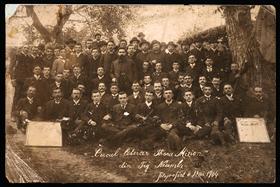
Heading Towards Extinction
Over time, any evidence of the Karaite community disintegrated. By the end of the nineteenth century it was no more than a society that met to discuss Torah and proclaimed themselves as The Torah From Zion Society. Because Targu Neamt and Piatra Neamt were less tha 20 km distant from one another, those few Karaite descendants would meet in groups such at the Torah From Zion and recall a past that was now nothing more than memories of a faded recollection. As the picture shows, the dress and overall appearance of those in attendance could not be differentiated from most other East Europeans. None of the characteristic costume, hats, beards, etc. that were commonly associated with the Rabbanite Ashkenazi Jews nor the more eastern dress of the Karaites were in vogue. For all superficial intents and purposes the remnants of the community had become assimilated into the mainstream populations but what was inside remained Karaite. The beliefs, customs, traditions do not disappear so easily in spite of outward appearances. Karaism would still survive amongst the descendants even though not in a form readly approved of by the other Russian communities. Agreeably, not as it once was, nor in the numbers that were so great that Saadia Gaon in the 10th century feared we would overrun Rabbanite Judaism and they would be the ones on the verge of extinction but still it does exist. And each year Karaism grows in strength and numbers. And will continue to do so as long as the leaders of our communities recognize that we may not be all the same but as long as we believe in the Torah and that everything else is merely the words of men then our survival in the eyes of YHWH is guaranteed. And any attempts to hijack Karaism, such as Messianic Karism, Kabbalah Karaism, etc., must be refuted and branded as a sham so that they do not disparage the name of our once great community. The Karaites of Galicia may only be preserved in articles such as mine, but as a religious entity we will be restored because we are the Light Unto the World.
Avrom Aryeh-Zuk Kahana
